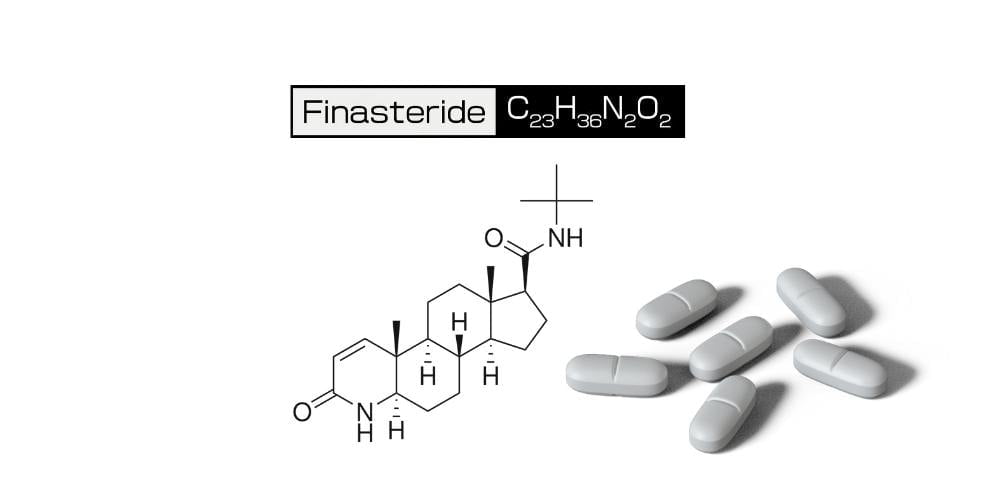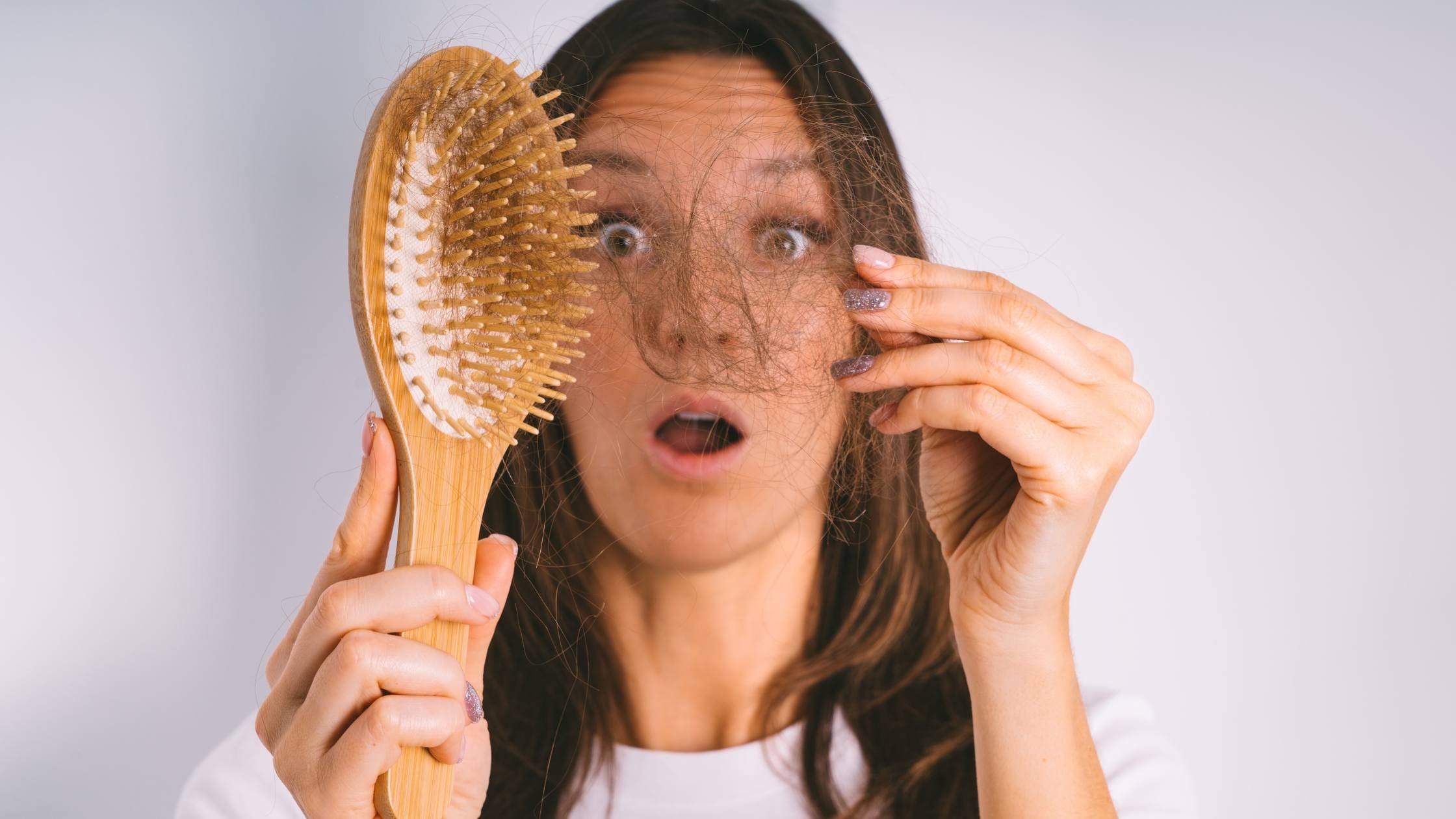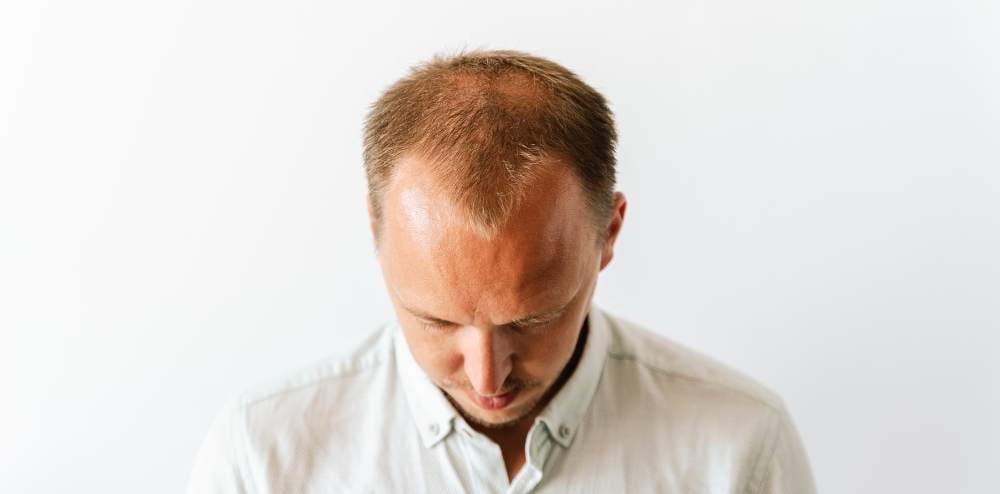Finasteride, also known as Propecia, is a medicine used to treat male pattern baldness and benign prostatic hyperplasia. (BPH). Finasteride’s active ingredient is a type II 5-alpha reductase inhibitor, which functions by preventing testosterone from being converted to dihydrotestosterone. (DHT). DHT is a hormone that plays a role in both hair loss and prostate growth, so finasteride can help to halt hair loss and reduce BPH symptoms by blocking its production.
Hair Loss
Finasteride is primarily used to treat male pattern baldness, a genetic disease that affects up to 50% of men by the age of 50. Male pattern baldness is distinguished by a receding hairline and hair thinning on the top of the head. The disease is caused by DHT sensitivity, which causes hair follicles to shrink, resulting in hair loss. Finasteride works by inhibiting the production of DHT, which can help some men to stop hair loss and even regrow hair.
According to a study released in the Journal of the American Academy of Dermatology, 83% of men who took finasteride for two years witnessed either hair loss stabilization or an increase in hair growth. Furthermore, according to a study released in the International Journal of Dermatology, finasteride was effective in regrowing hair in 83% of men who took the medication for a year
Benign Prostatic Hyperplasia (BPH)
Finasteride is also used to treat benign prostatic hyperplasia (BPH), which is an enlargement of the prostate tissue that is not cancerous. BPH is caused by a rise in DHT levels in the prostate, which causes the gland to grow in size. This can result in symptoms such as urinating trouble, a weak urine stream, and the need to urinate frequently.
According to a study released in the New England Journal of Medicine, finasteride reduced the risk of BPH surgery by 30%. Furthermore, according to a study released in the Journal of Urology, finasteride was effective in reducing BPH symptoms in 89% of men who took the medication for one year.
Side Effects
While finasteride can be a successful treatment for hair loss and BPH, it is not without risks. Reduced libido, erectile dysfunction, and decreased sperm volume are the most prevalent adverse effects. However, these side effects are uncommon, and the majority of males do not experience them. In fact, studies indicate that less than 2% of men who take finasteride experience sexual side effects.
Furthermore, in clinical studies, finasteride was found to be an effective and safe hair loss treatment option. The medication has been on the market for more than 20 years, and a significant body of research supports its safety and effectiveness.
Usage
Finasteride is a prescription drug that should only be taken under the supervision of a doctor. 1 mg per day, with or without food, is the standard recommended dosage for treating male pattern baldness. To obtain the best results, the medication should be taken consistently, at the same time every day. It is essential to note that results may not be seen for several months, and the full effects of the medication may take up to a year.
Finally, Finasteride is a medication that can help some men deal with hair loss and regrow hair. It can also help to alleviate BPH symptoms. However, be conscious of the potential side effects and use it only under the supervision of a healthcare provider. If you have hair loss or BPH, finasteride may be an option to explore as a treatment. Just be sure to consult with your doctor before making any choices.



